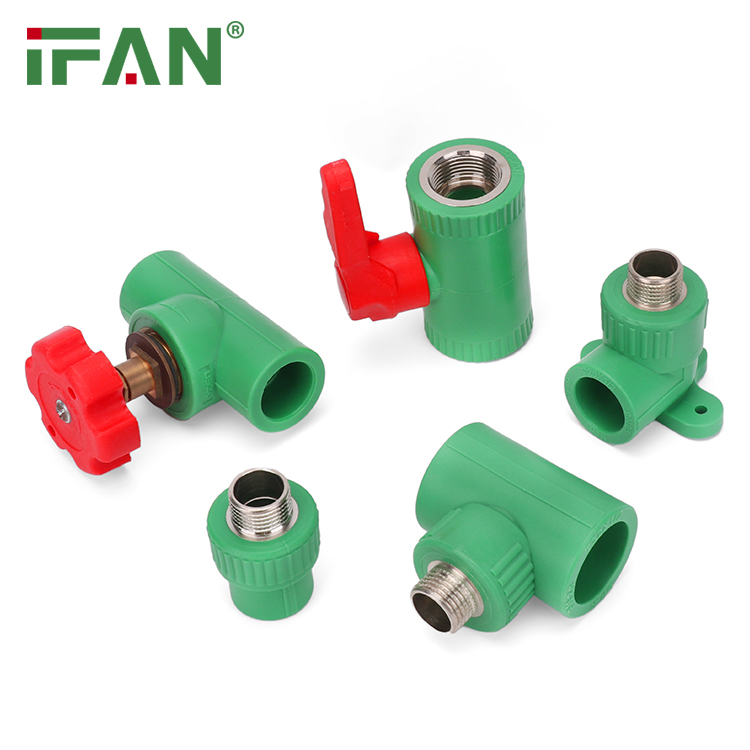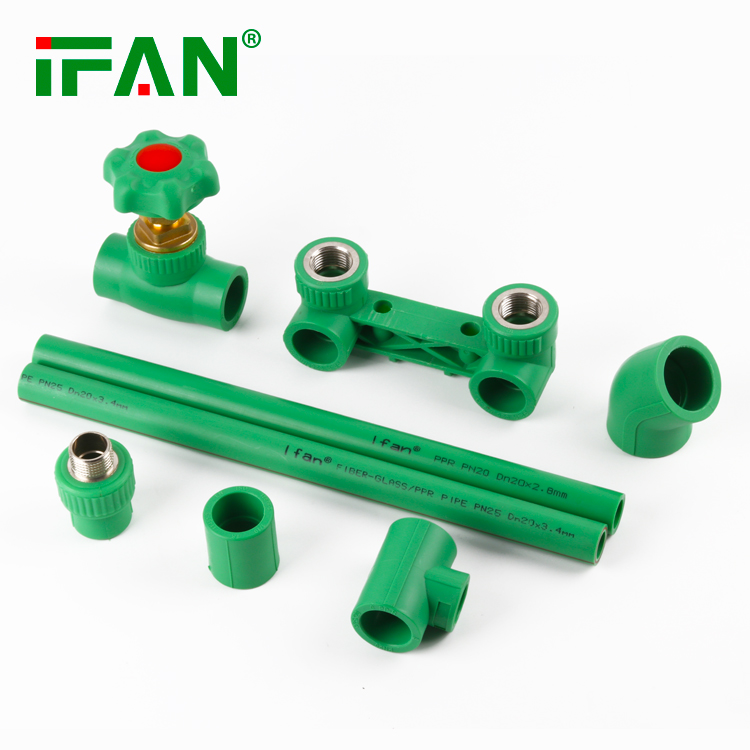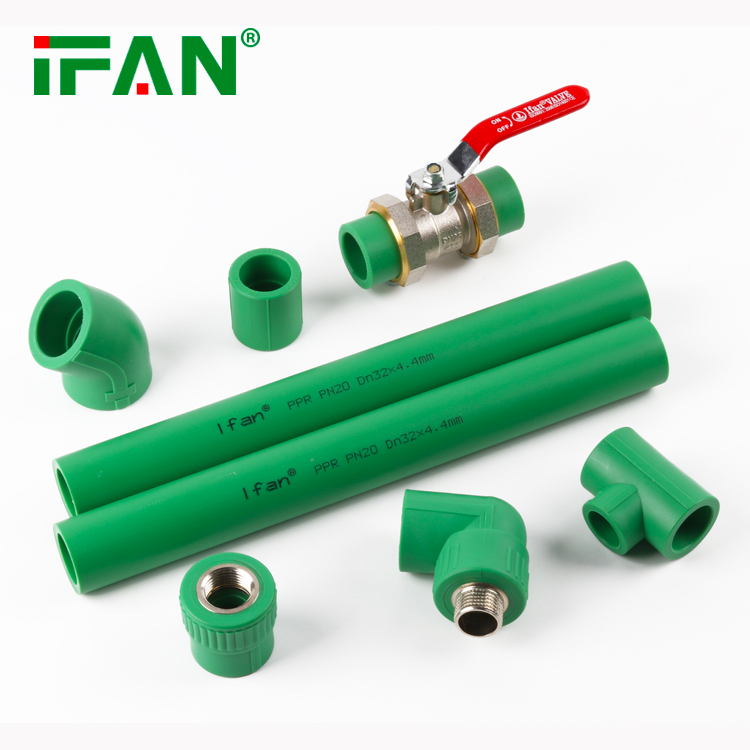PPR Pipe Fittings: Easy to Install and Maintain
PPR pipe fittings are becoming increasingly popular in the plumbing industry due to their durability, temperature resistance, and ease of installation and maintenance. These fittings are made from polypropylene random copolymer, which is a type of plastic that has high resistance to impact and pressure. Additionally, PPR pipe fittings have excellent chemical and heat resistance, making them suitable for use in various industrial and residential plumbing applications.

One of the biggest advantages of PPR pipe fittings is their ease of installation. Unlike traditional metal fittings, PPR fittings can be easily heat fused together using a PPR welding machine. This means that the installation process is quick, efficient, and requires few tools. Furthermore, the joints created during the installation process are seamless and leak-free, resulting in a reliable and long-lasting plumbing system.
Apart from being easy to install, PPR pipe fittings are also low maintenance and have a long service life. They are resistant to corrosion, rust, and scaling, and are not affected by UV radiation. This means that they require minimal upkeep and can last for years with little to no repair or replacement.
In addition to their functional benefits, PPR pipe fittings are also environmentally friendly. They are recyclable and do not release any toxic substance during manufacture or use. This makes them a safe and sustainable choice for plumbing applications.

In conclusion, PPR pipe fittings are a superior choice for plumbing applications due to their durability, low maintenance, and ease of installation. These fittings offer numerous advantages over traditional metal fittings, making them a popular choice for both industrial and residential plumbing systems. Whether you are renovating an old plumbing system or installing a new one, PPR pipe fittings are definitely worth considering for your next plumbing project.






